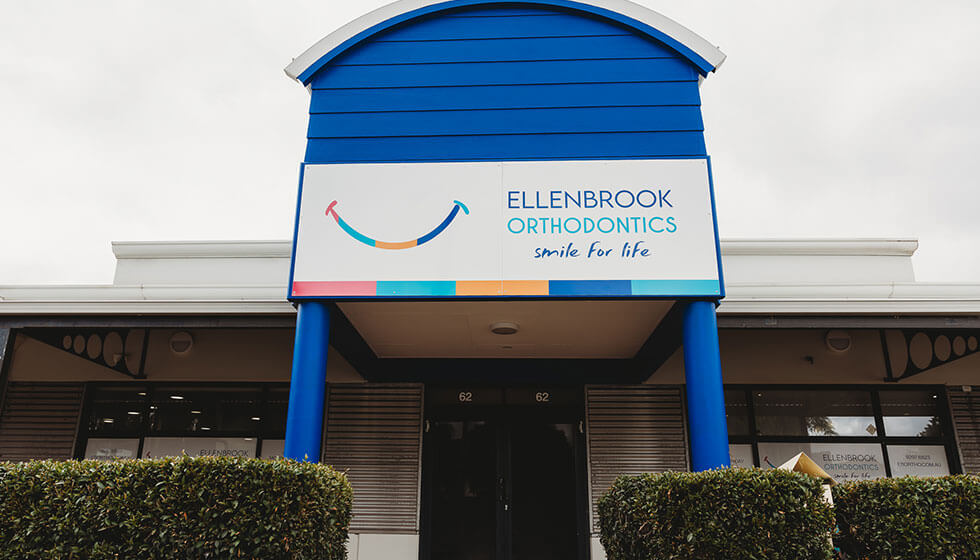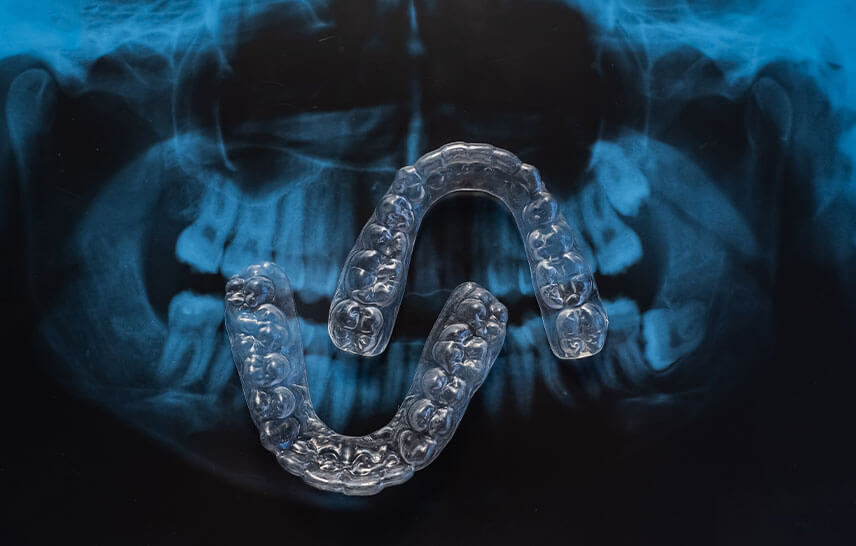Blog
Learn tips on treatment and stay up to date with the latest in orthodontics through our educational blog.


Is Tooth Extraction Needed for Orthodontics? Understanding the Key Reasons Extractions May be Required
read more
A Complete Guide to Orthodontic Expanders: What to Expect and How They Work
read more
Why Early Orthodontic Treatment Is Key to Your Child’s Healthy Smile
read more
The Top Benefits of Digital Aligner Orthodontics for a Straighter Smile
read more
Dentist vs. Orthodontist: Which Specialist is Best for Your Orthodontic Treatment?
read more
